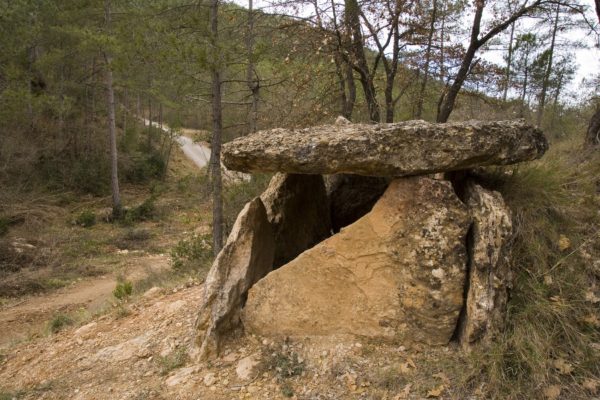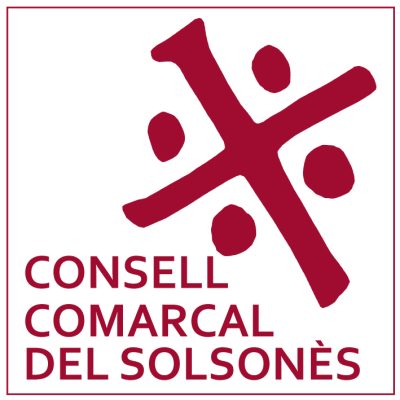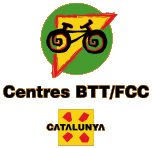Taking into account that most of the archaeological sites of prehistoric ages, available to be visited in Solsonès are burials, we add here a brief introduction about the different types according to the different ages:
Neolithic
Period that started towards the year 7000 BC, when the man began to practise the agriculture and stockbreeding, to produce pottery by hand and to create some tools by smoothening stones. From that age, especially from mid Neolithic, in Solsonès we know about burials which have their own typology, named Solsonian cist. It is a characteristic type of burial of this geographical area that consisted in excavating holes on the ground and covering them with slabs of stones in order to celebrate successive burials there, working as a niche for a family. The deceased were placed in a hunched way, with the head towards the East and together with their grave goods.
Metal age
Period that started around 4800 BC and it was when the man started to use metals. At a first stage, which is named Calcolithic, or Copper Age, the minerals found in nature started to be used (such as copper, gold, silver or lead) working them through hammer. During this period there is a great change in kinds of burials: the interments are in big megalithic buildings or dolmens with capacity for several individuals with their grave goods, which are also more elaborated. If we compare them to Modern times, they are similar to mausoleums.













